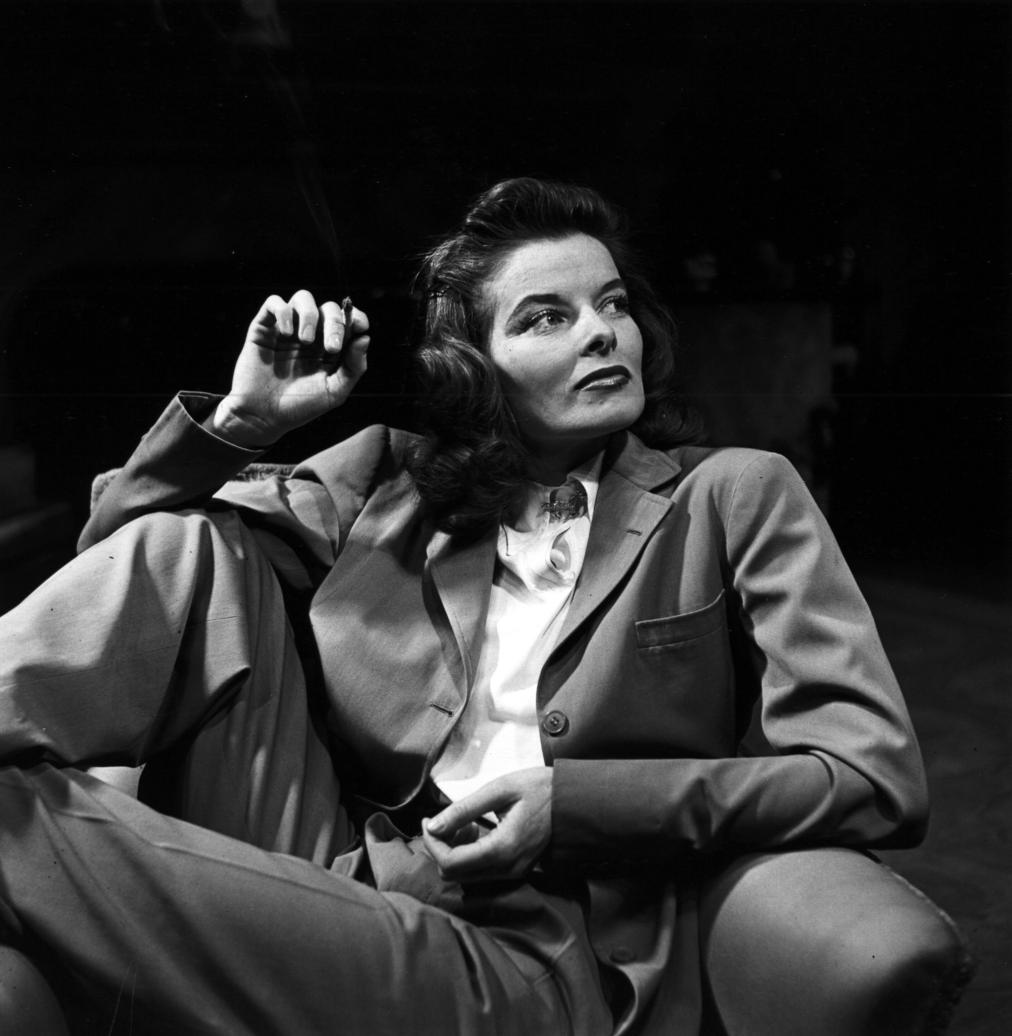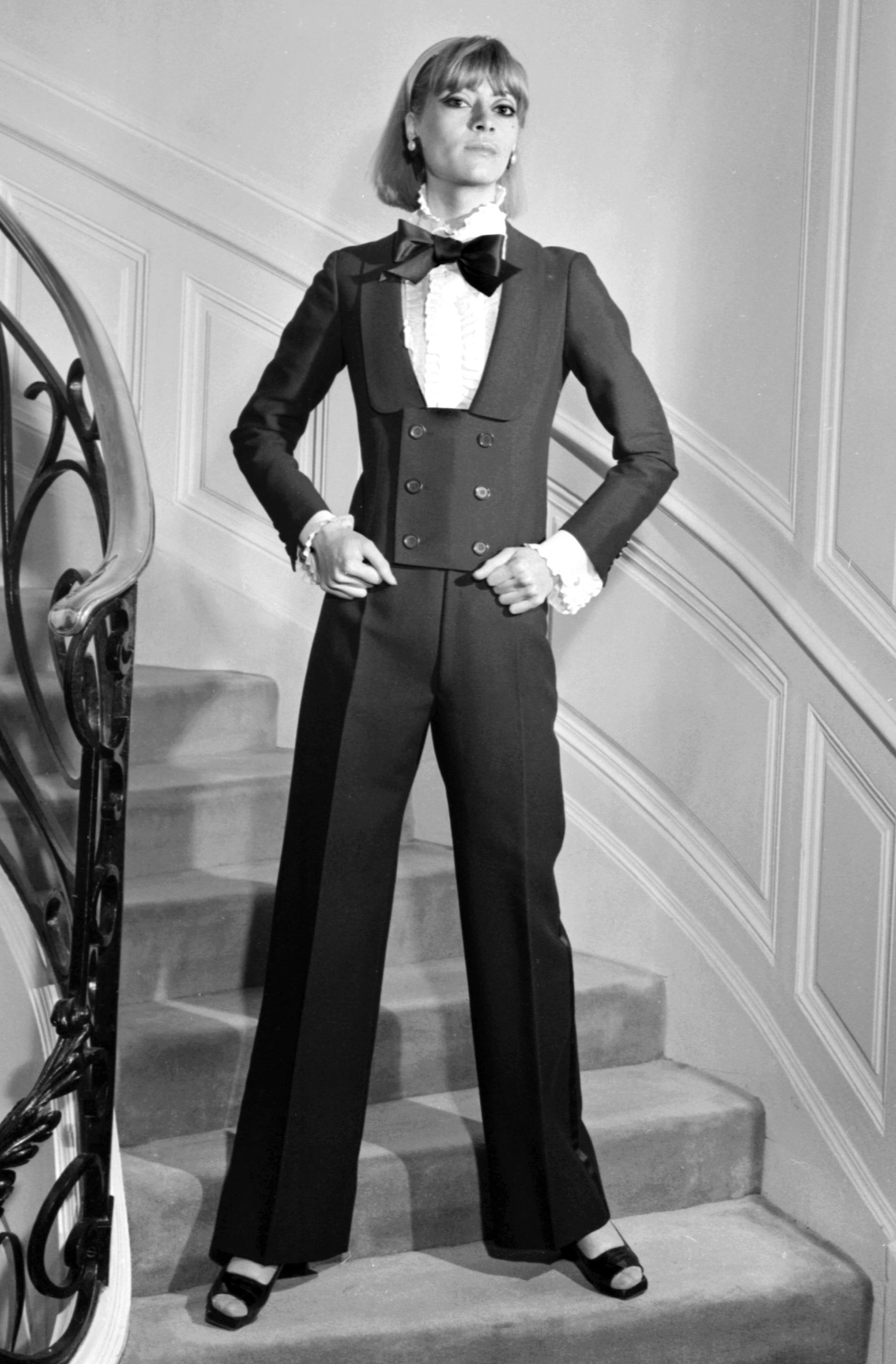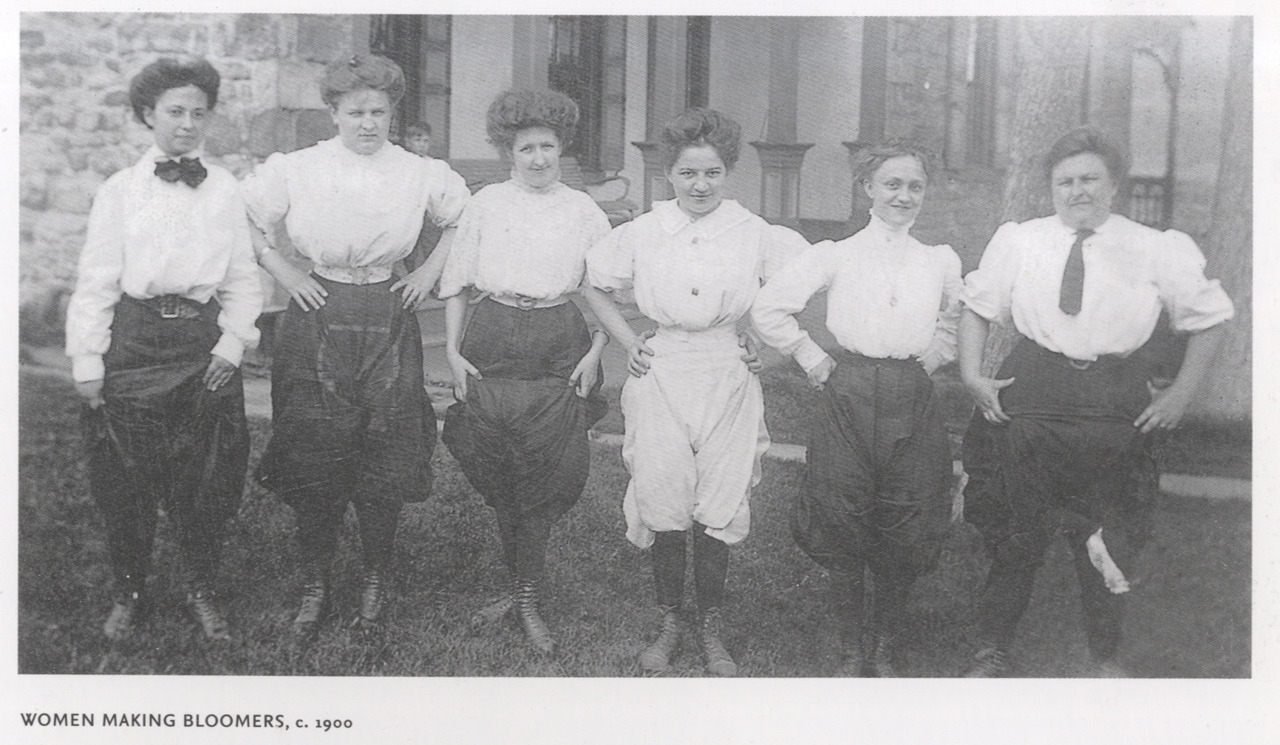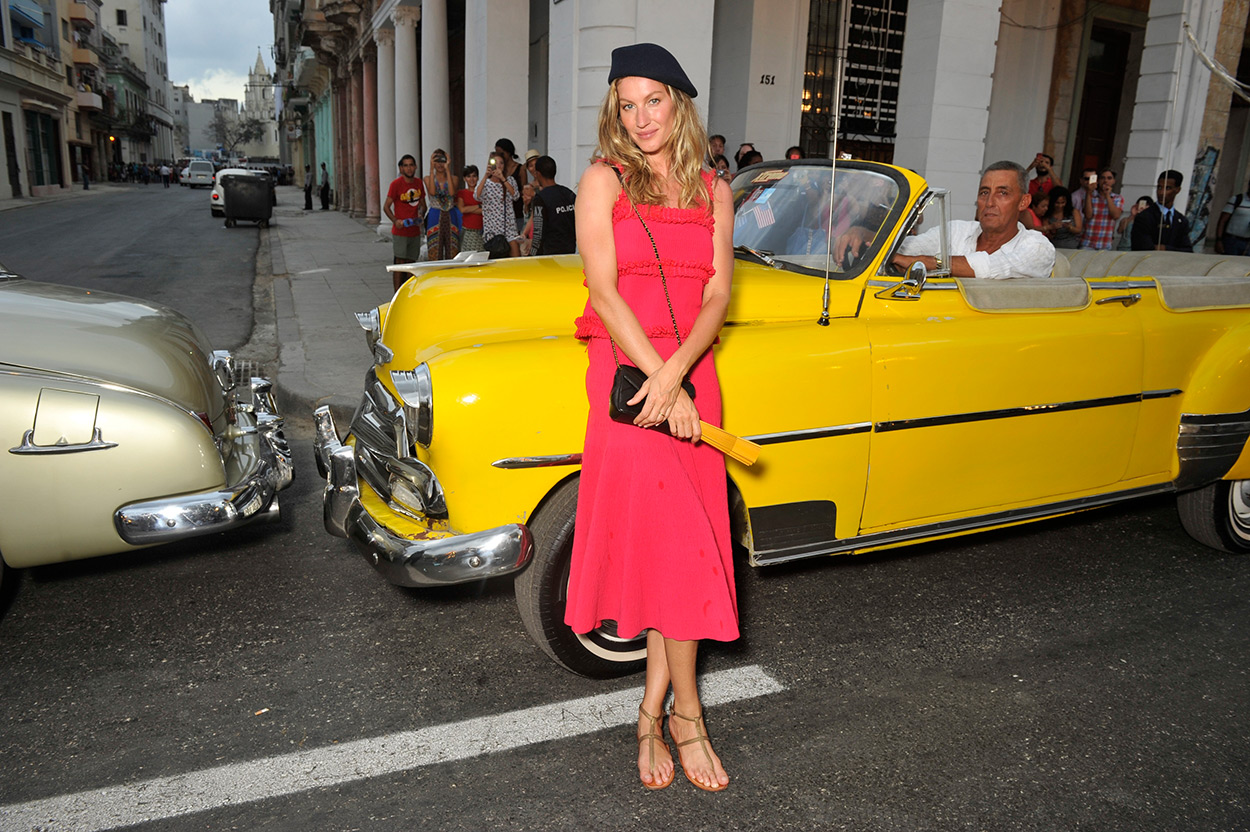In traditional—or what some would call outdated—fashion, women wore skirts and dresses while men wore pants. Living in an era where unisex clothing is thriving and progressively breaking the gender divide in fashion, it’s hard to imagine living in a society that judge a woman for wearing something remotely “masculine.”
The first sight of a woman in a form of pants can be traced back to 1851, when female rights activist Amelia Bloomer debuted her loose-fitting ankle-length trouser under her shorter dress to promote a safer alternative to the petticoat. Bloomer then became the norm for riding gear, but at this time, pants were still deemed inappropriate for women’s daily wear.
It wasn’t until 1911 when trousers found its way into high fashion when French designer Paul Paul introduced the harem pant. Nowadays, such a garment lends a directional accent to one’s look, as indicated by the blurb accompanying a trouser collection on Lyst documenting the latest in contemporary fashion. As a purveyor of mixing men and women’s fashion, his creation nabbed a Vogue cover and became a high fashion piece for many celebrities, while influencing today’s ranges like the aforementioned styles of Lyst.

Coco Chanel also changed the scope of women’s fashion by sporting her boyfriend’s suits, eventually designing pants for sports and other activities. Yet even after the women replaced the drafted men on the workforce, wearing pants in the factories, slacks were still inaccessible for the everyday woman. A 1939 Vogue spread outlined the very few occasions that they could be worn, on top of the specific styling tips for the Palm Beach golf course or a weekend in the English countryside.
 Many of the design houses pushed for “post-war” makeovers, reviving the skirt to bring back femininity in womenswear again. It wasn’t until the sexual revolution and the feminist movement in the 1960’s when more females incorporated pantsuits into their wardrobe, when Yves Saint Laurent launched a line of feminized dinner jackets with matching trousers. Once the traditional men’s piece became a mainstay for all genders’ closets, pants were seen on women everywhere, including the U.S. Senate, which forced them to lift the ban on pants for females.
Many of the design houses pushed for “post-war” makeovers, reviving the skirt to bring back femininity in womenswear again. It wasn’t until the sexual revolution and the feminist movement in the 1960’s when more females incorporated pantsuits into their wardrobe, when Yves Saint Laurent launched a line of feminized dinner jackets with matching trousers. Once the traditional men’s piece became a mainstay for all genders’ closets, pants were seen on women everywhere, including the U.S. Senate, which forced them to lift the ban on pants for females.

Slacks were only the beginning for borrowed fashion, as ladies soon sported leather jackets and boyfriend jeans to add some variety into girly silhouettes that they were influenced to wear because of history and culture. But the “pants for men only” phenomenon is a thing of the past now, and there is no turning back.





